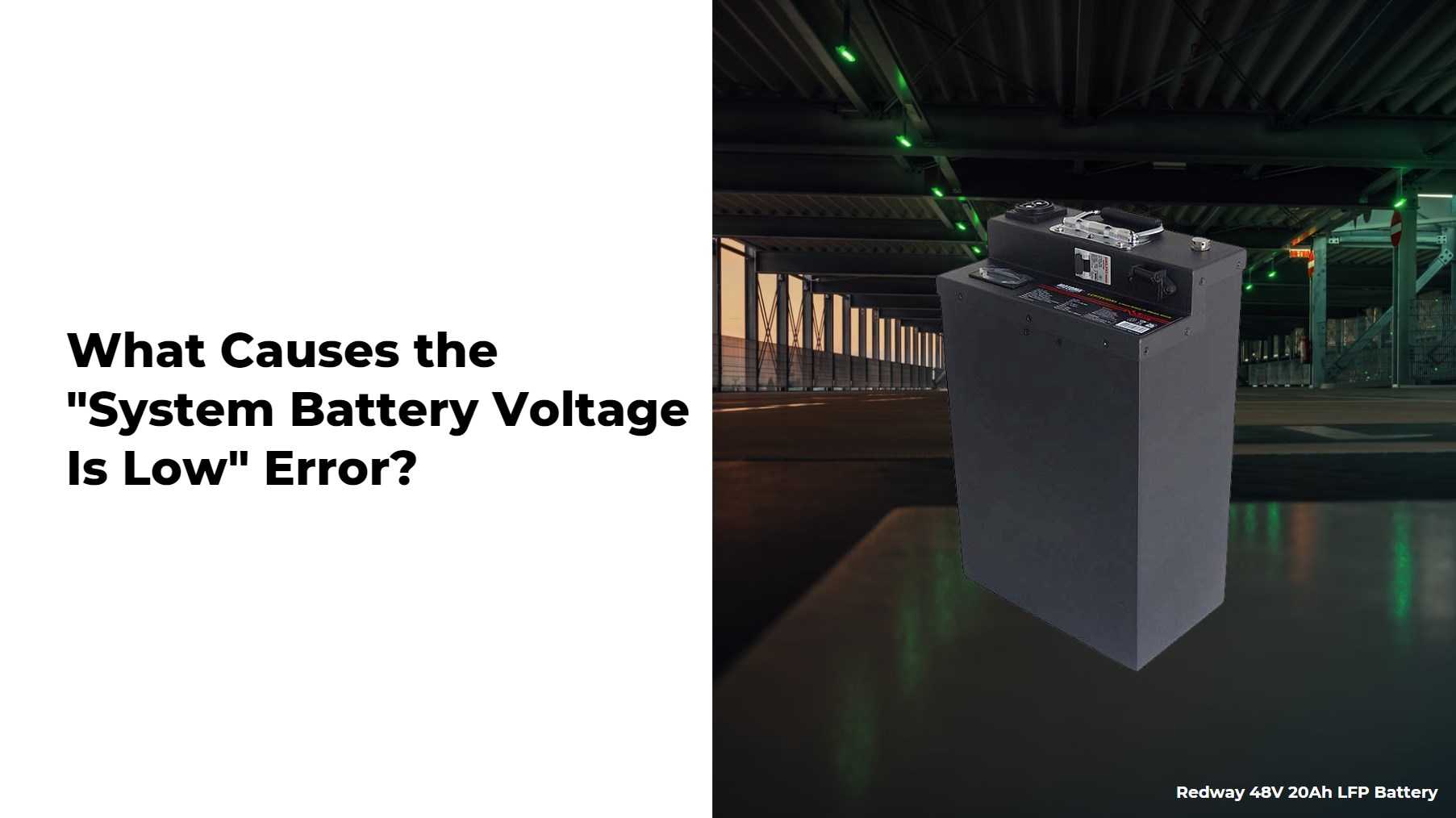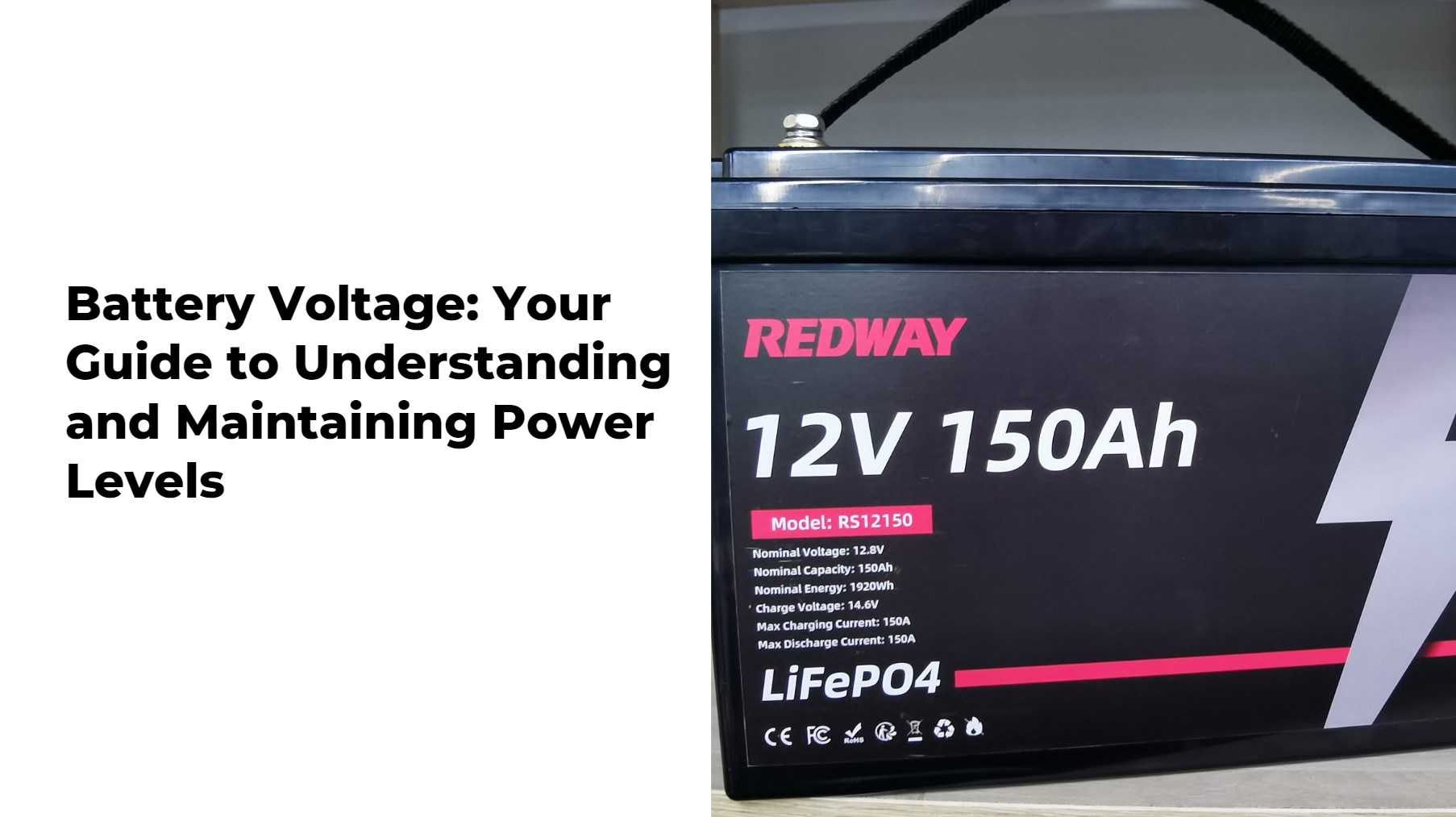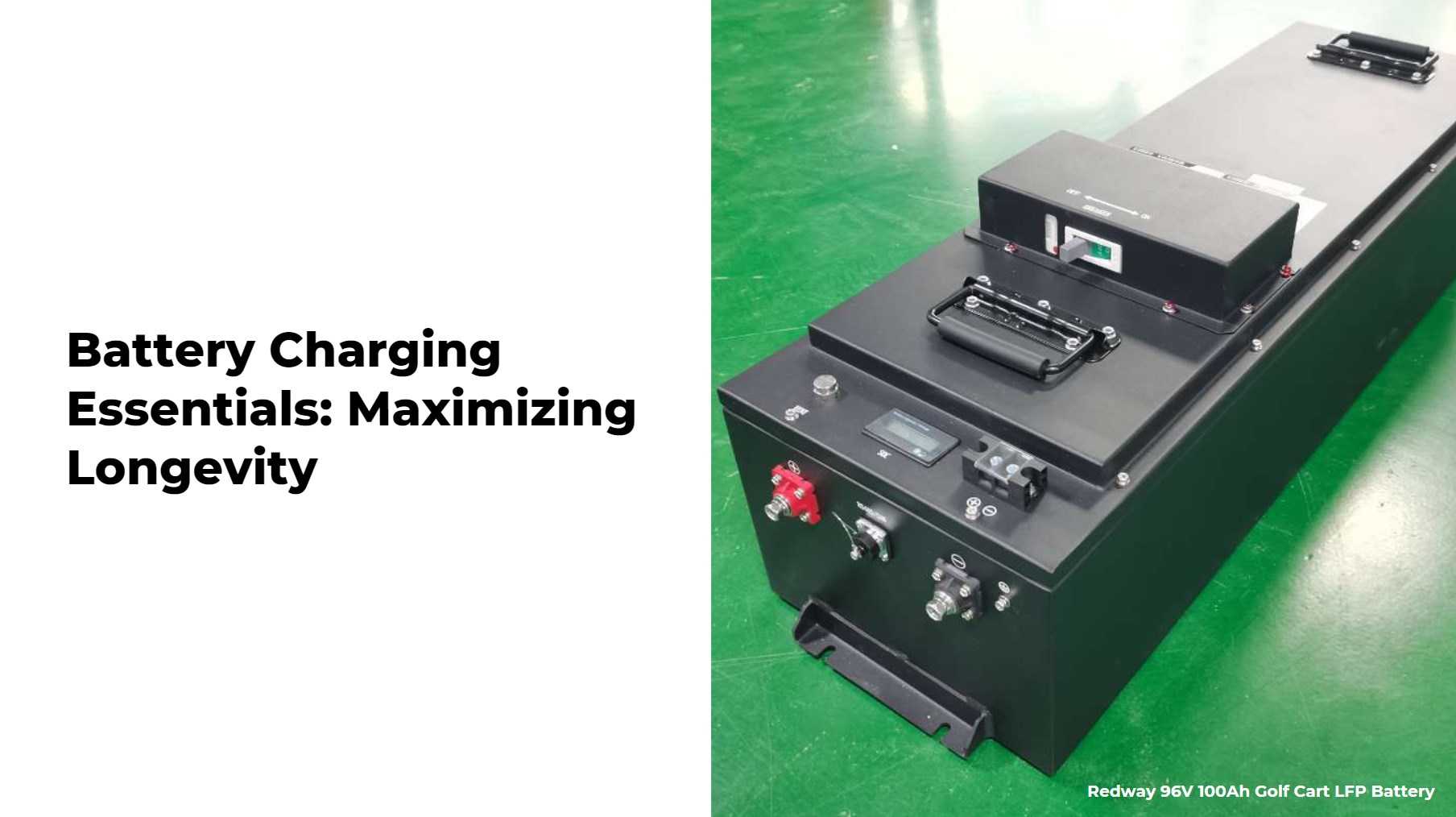Battery Voltage: Your Guide to Understanding and Maintaining Power Levels
In our fast-paced world, where everything from motorcycles to cars relies on batteries, understanding voltage is crucial. Whether you’re a weekend warrior with a passion for bikes or a commuter relying on your car, knowing about battery voltage ensures you’re always powered up when you need to be. Join us as we unravel the mysteries of battery voltages, from what’s normal to how to keep your battery in top shape!
Motorcycle Battery Voltage: What’s Normal?
Motorcycles, those sleek machines of freedom, rely heavily on their batteries to kickstart adventures. Here’s what you need to know about motorcycle battery voltages:
- Normal Voltage Range: Typically, motorcycle batteries operate around 12 volts when fully charged.
- Charging Tips: Use a charger specifically designed for motorcycle batteries to maintain optimal voltage levels.
- Variable Voltage Batteries: Some advanced models like the GS Ego II Twist offer variable voltage options, enhancing performance and longevity.
Car Battery Voltage: Understanding the Basics
Cars, our trusty companions on the road, have larger batteries with specific voltage needs:
- Standard Voltage: A normal car battery should measure around 12 volts when fully charged.
- Commercial Electric Voltage Tester: Use tools like the MS8903H for accurate voltage readings to ensure your car stays running smoothly.
- FAQs:
- What voltage should a car battery be? Normally, it should be around 12 volts.
- How do I check my car battery voltage? Use a multimeter or a dedicated voltage tester.
Battery Charging Essentials: Maximizing Longevity
Understanding how to charge your batteries properly can extend their lifespan:
- Charging Voltage Chart: Refer to a charging voltage chart to avoid overcharging or undercharging your battery.
- Multi Voltage Battery Charger: Invest in chargers that accommodate various battery types to ensure versatility and safety.
- Checking Battery Voltage: Regularly monitor battery voltage to catch any drops that could indicate a need for maintenance.
Exploring Different Battery Types
Not all batteries are created equal. Here’s a glimpse into the diverse world of battery technologies:
- Lithium Ion Batteries: Known for their high voltage and energy density, lithium ion batteries power everything from smartphones to electric vehicles.
- Lead Acid Batteries: These traditional batteries have a lower voltage but are robust and reliable for various applications.
- Deep Cycle Batteries: Used in marine and renewable energy applications, deep cycle batteries offer sustained power with specific voltage requirements.
Common Issues and Troubleshooting
Even the best batteries can encounter problems. Here are some common issues and how to troubleshoot them:
- Low Battery Voltage Warning: If your device displays a low battery voltage alert like “Mi computadora dice: alert: system battery voltage is low,” recharge or replace the battery promptly.
- Lipo Battery Low Voltage: For RC enthusiasts, understanding the voltage requirements of LiPo batteries is crucial to prevent damage and ensure peak performance.
Conclusion: Powering Up Your Knowledge
From motorcycles to cars, batteries are the unsung heroes that keep our world moving. By understanding the nuances of battery voltages—from motorcycle battery voltage and normal car battery voltage to the complexities of multi voltage battery chargers and high voltage battery technologies—you empower yourself to make informed decisions about your energy needs. Remember, maintaining optimal battery voltage isn’t just about convenience; it’s about reliability and safety. So, the next time you rev up your motorcycle or turn the key in your car, take a moment to appreciate the power behind it all—the humble battery!
Remember, whether it’s about motorcycle battery voltage, normal car battery voltage, or any other type of battery, staying informed keeps you powered up and ready for whatever the road ahead brings.
FAQs
What’s the Easiest Fix for “System Battery Voltage Is Low” Error?
To fix the ‘System Battery Voltage Is Low’ error, try these easy solutions. First, reinsert or replace the CMOS battery, as it can weaken over time. Second, clear the system event log in the BIOS settings. Third, consider updating the BIOS on your computer. Follow the specific instructions for each fix and consult the manufacturer‘s guidelines. These steps can help resolve the error and ensure proper system functionality.
How Do You Update BIOS to Fix Voltage Error?
To update the BIOS and fix a voltage error, follow these steps. First, identify the motherboard model and visit the manufacturer’s website for the latest BIOS update. Download the update file and save it to a USB drive. Restart the computer and enter the BIOS settings. Locate the BIOS update option and select the USB drive as the source. Follow the on-screen instructions to complete the update process. Ensure the computer is connected to a stable power source and carefully follow the manufacturer’s instructions. Updating the BIOS can help resolve voltage errors and ensure system stability.
How to Clear System Event Log for Voltage Error?
To clear the system event log for a voltage error, you can follow these steps. In Windows, open the Event Viewer and navigate to the log you want to clear. Right-click on the log and select ‘Clear Log’ to remove all recorded events. Alternatively, you can use the command prompt or PowerShell to clear the event log using specific commands. Remember to exercise caution when clearing the event log, as it will delete all recorded events. Clearing the system event log helps manage and troubleshoot voltage errors effectively.
What Are the Steps to Replace CMOS Battery?
To replace the CMOS battery, follow these steps. First, turn off the computer and unplug it. Open the computer case and locate the CMOS battery on the motherboard. Carefully remove the old battery and insert the new one, ensuring the correct orientation. Close the case and reconnect any cables. Power on the computer and check the time and BIOS settings. Replacing the CMOS battery helps maintain accurate time and BIOS settings.
What Causes the “System Battery Voltage Is Low” Error?



